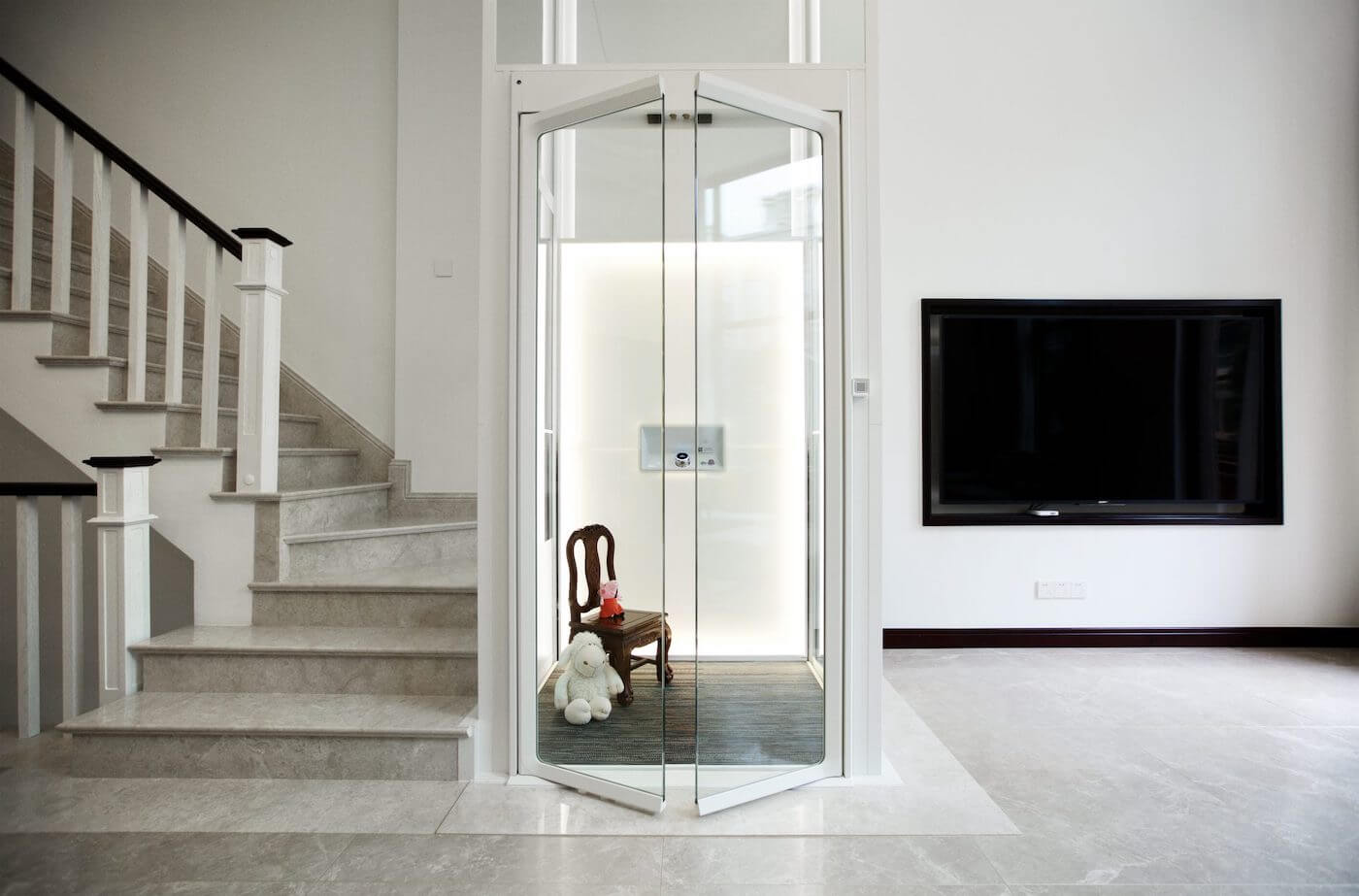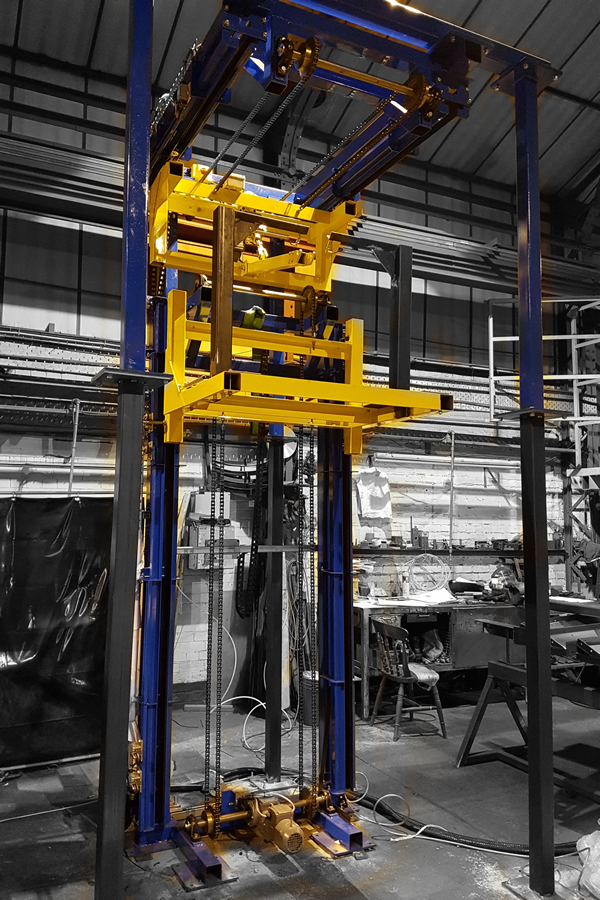We Maintain Lifts to the Greatest Criteria: Reliable Service for All Lift Types
We Maintain Lifts to the Greatest Criteria: Reliable Service for All Lift Types
Blog Article
Looking Into the World of Lifts: Usual Issues Dealt With by Numerous Lift Systems
As we browse with the vertical transport systems of contemporary structures, lifts stand out as a vital element of our everyday lives. From hydraulic lifts to grip systems and machine-room-less styles, each lift type comes with its set of typical problems.
Hydraulic Lifts
Hydraulic lifts, commonly chosen for low-rise structures, utilize fluid stress to control the movement of the lift car (lift repair companies). This mechanism involves a hydraulic pump pressing oil into a cylinder, triggering the lift to relocate in the preferred direction. While hydraulic elevators are known for their smooth and peaceful procedure, they do include their very own set of common issues
One widespread issue with hydraulic elevators is oil leakage. Additionally, issues with the control system, such as malfunctioning valves or a malfunctioning pump, can create disturbances in the lift's motion.
Normal maintenance and punctual repair services are vital to make sure the smooth performance of hydraulic lifts. By attending to these usual concerns proactively, structure owners can decrease downtime and guarantee the security and performance of their vertical transport system.
Grip Elevators
When considering upright transportation systems in structures, an additional usual kind in addition to hydraulic elevators is the traction elevator. Traction elevators run making use of a system of ropes and weights that move the lift auto by grasping onto the hoist ropes. This system permits smoother and quicker upright transportation contrasted to hydraulic systems.
One of the common concerns faced by traction lifts is rope wear. The constant movement of the ropes within the traction system can bring about tear and put on in time, potentially causing the elevator to breakdown or come to be unsafe for usage. Regular examinations and upkeep of the ropes are crucial to ensure the lift's appropriate functioning and security.
An additional concern that traction lifts might run into is connected to the control system. Problems with the control system can cause concerns such as irregular motion, hold-ups in feedback times, and even total shutdowns. Routine screening and maintenance of the control system are essential to avoid such issues and ensure the elevator's integrity.
Machine-Room-Less (MRL) Lifts

Among the key elements of MRL lifts is the small gearless grip machine that is installed within the hoistway. This device successfully drives the lift vehicle without the demand for large equipment discovered in typical traction elevators. Additionally, MRL lifts commonly make use of a weight system to balance the car, more improving their power efficiency.
Regardless of their advantages, site link MRL lifts may deal with obstacles connected to upkeep and repair service as a result of the confined area for tools installation. Accessibility for servicing elements within the shaft can be restricted, needing specialized training for professionals. Appropriate maintenance timetables and routine evaluations are critical to ensure the continued smooth operation of MRL elevators.
Overloading and Weight Limit Issues
Straining and weight limitation issues are essential issues in elevator operations. Elevator producers style lifts with specific weight capacities to make sure guest safety and tools long life.
When lifts are overloaded, it places excessive stress on the electric motor, cable televisions, and other elements, possibly triggering breakdowns or breakdowns. If they discover excess weight, safety and security mechanisms such as sensing units and overload sensors are in area to protect against elevators from relocating. In addition, going beyond weight limits can cause enhanced energy intake and wear and tear on the lift system.
To reduce straining problems, building managers ought to plainly show weight restrictions in elevators and enlighten occupants on the value of adhering to these limitations - lift repair companies. Regular maintenance checks by certified technicians can likewise aid guarantee that elevators are running within safe weight specifications. By addressing overloading and weight limitation concerns proactively, building proprietors can boost elevator safety and effectiveness
Electric System Failures
Exceeding weight restrictions in elevators can not only lead to mechanical concerns however also possibly add to electrical system failures within the lift infrastructure. Electrical system failings are an important problem in lift operation, as they can cause unanticipated closures, breakdowns, or also safety and security risks.
Normal upkeep and evaluations are crucial to recognize and resolve possible electrical issues without delay, guaranteeing the secure and efficient operation of lift systems. By adhering to weight limitations and performing regular electrical system checks, structure owners can alleviate the threat of electrical failings in lifts.
Conclusion

Hydraulic lifts, commonly chosen for low-rise buildings, utilize fluid pressure to manage the motion of the lift automobile.When thinking click to find out more about vertical transport systems in buildings, one more common kind apart from hydraulic lifts is the grip lift. Traction elevators operate making use of a system of ropes and counterweights that move the lift vehicle by clutching onto the hoist ropes. Unlike standard elevators that need a separate device area to house the equipment, MRL elevators incorporate most of the components within the shaft, removing the requirement for a dedicated device room.In verdict, elevators encounter usual issues such as hydraulic breakdowns, grip system failures, and electric system issues.
Report this page